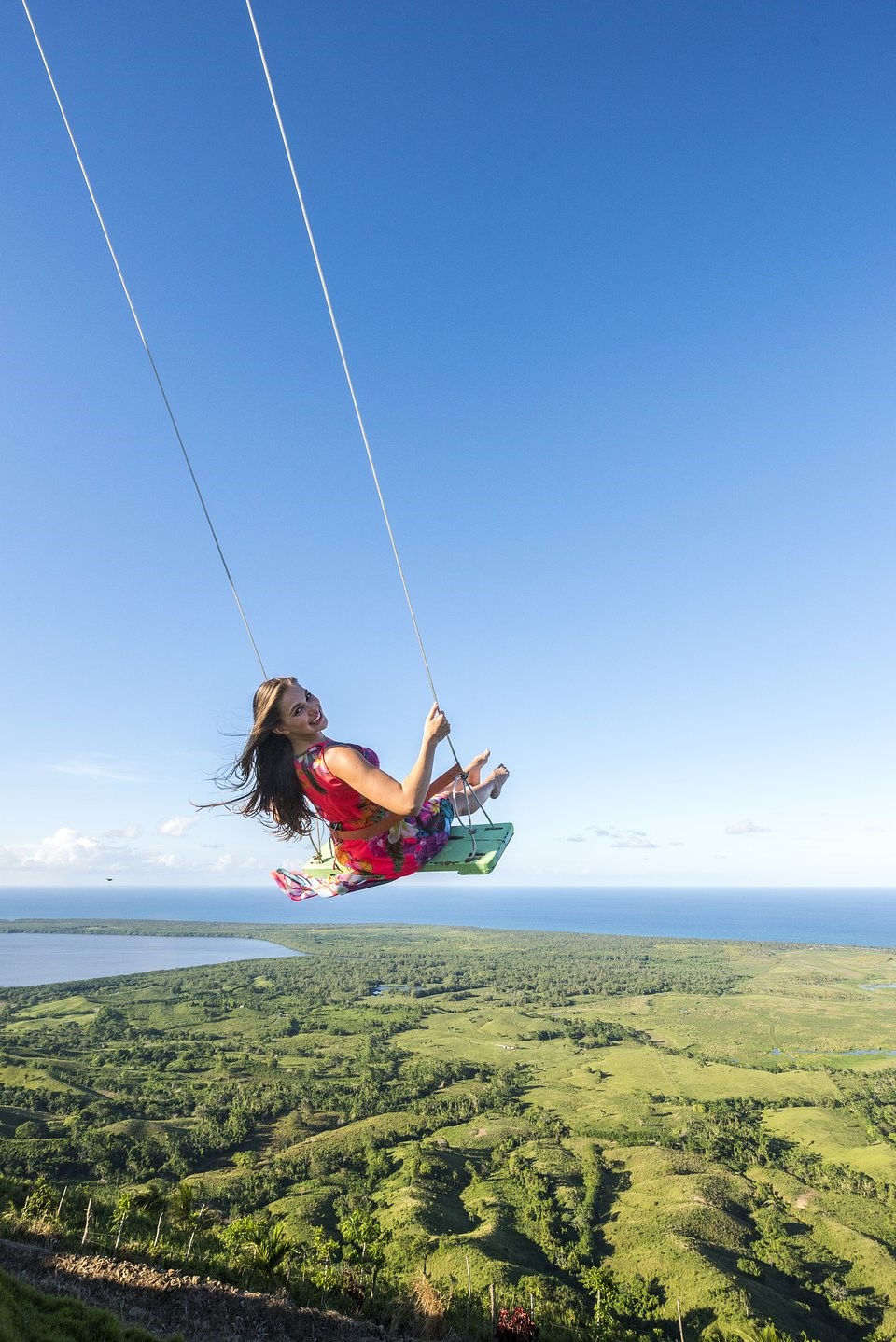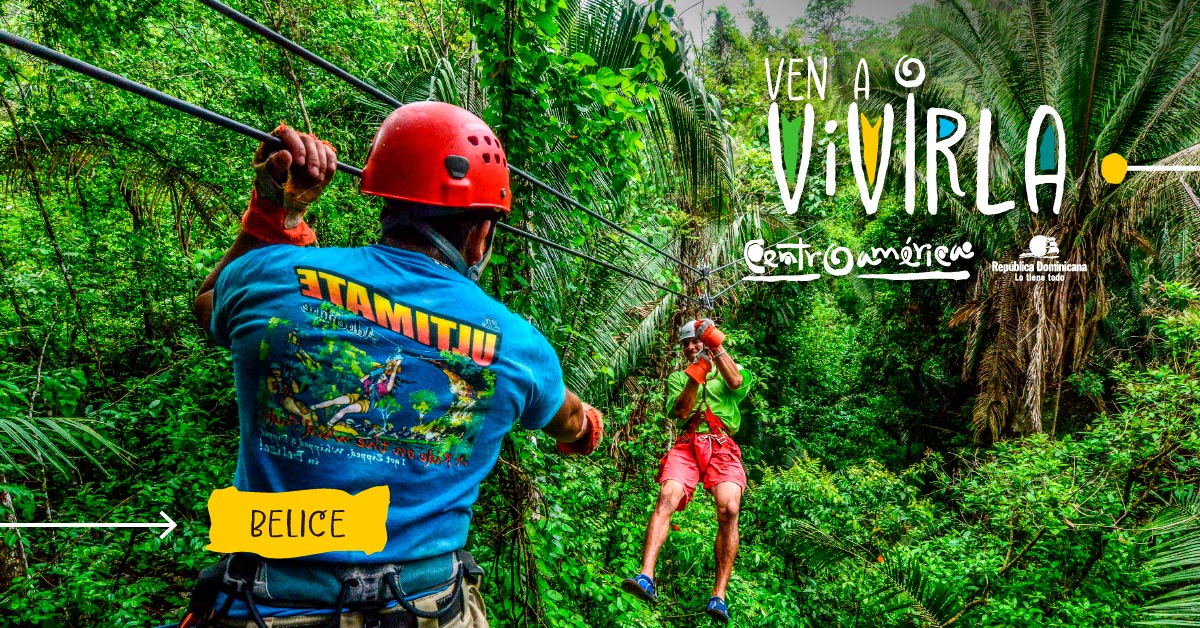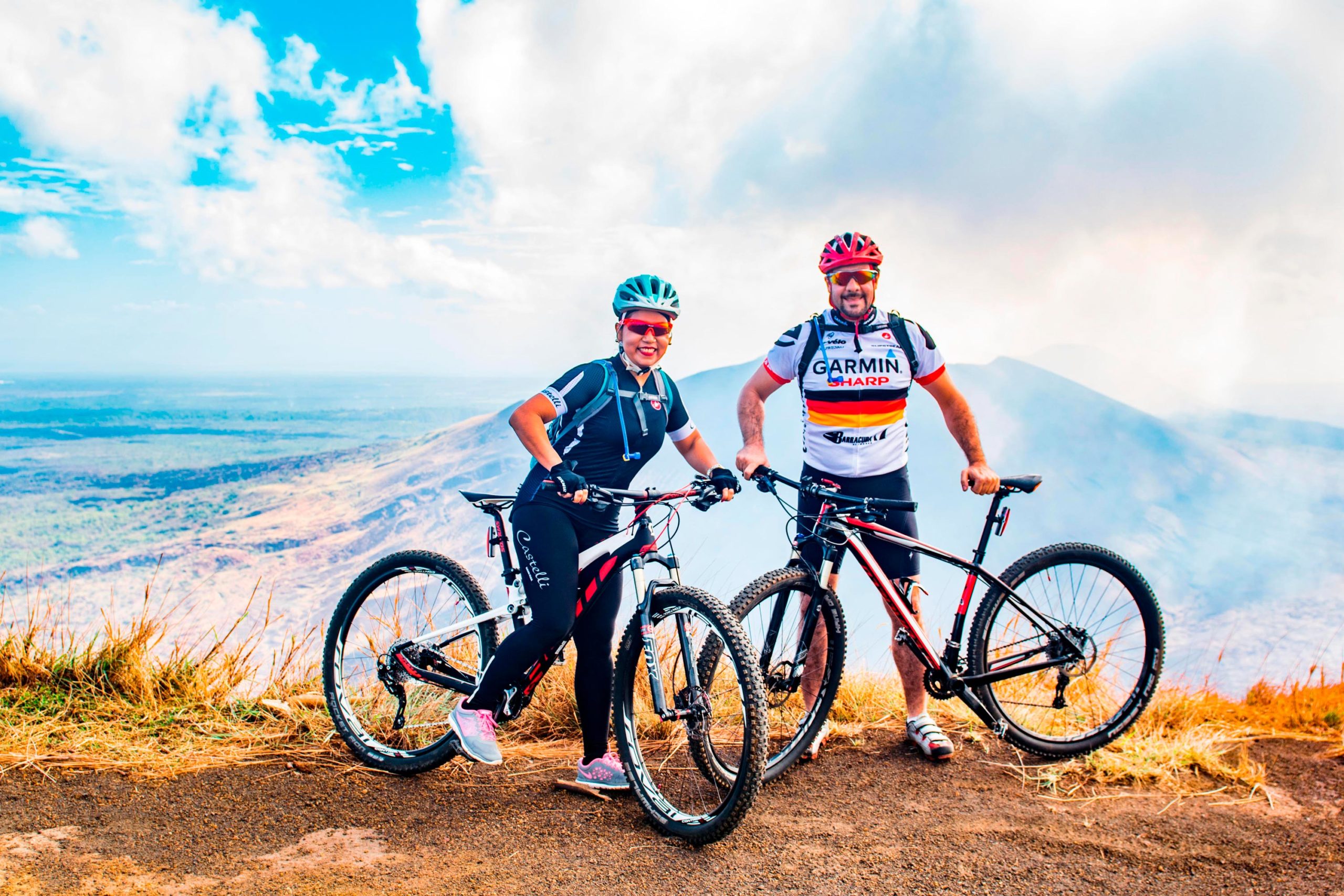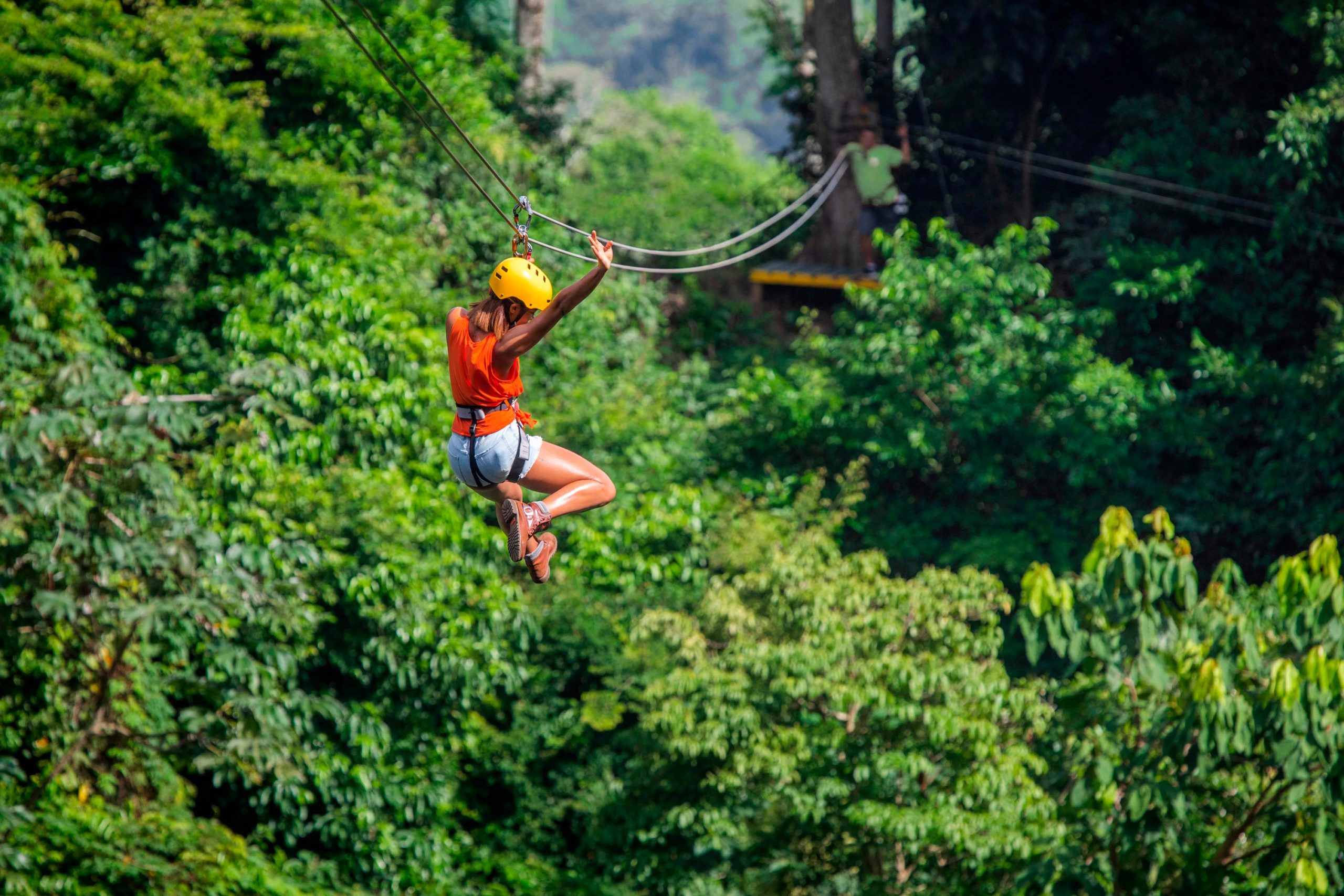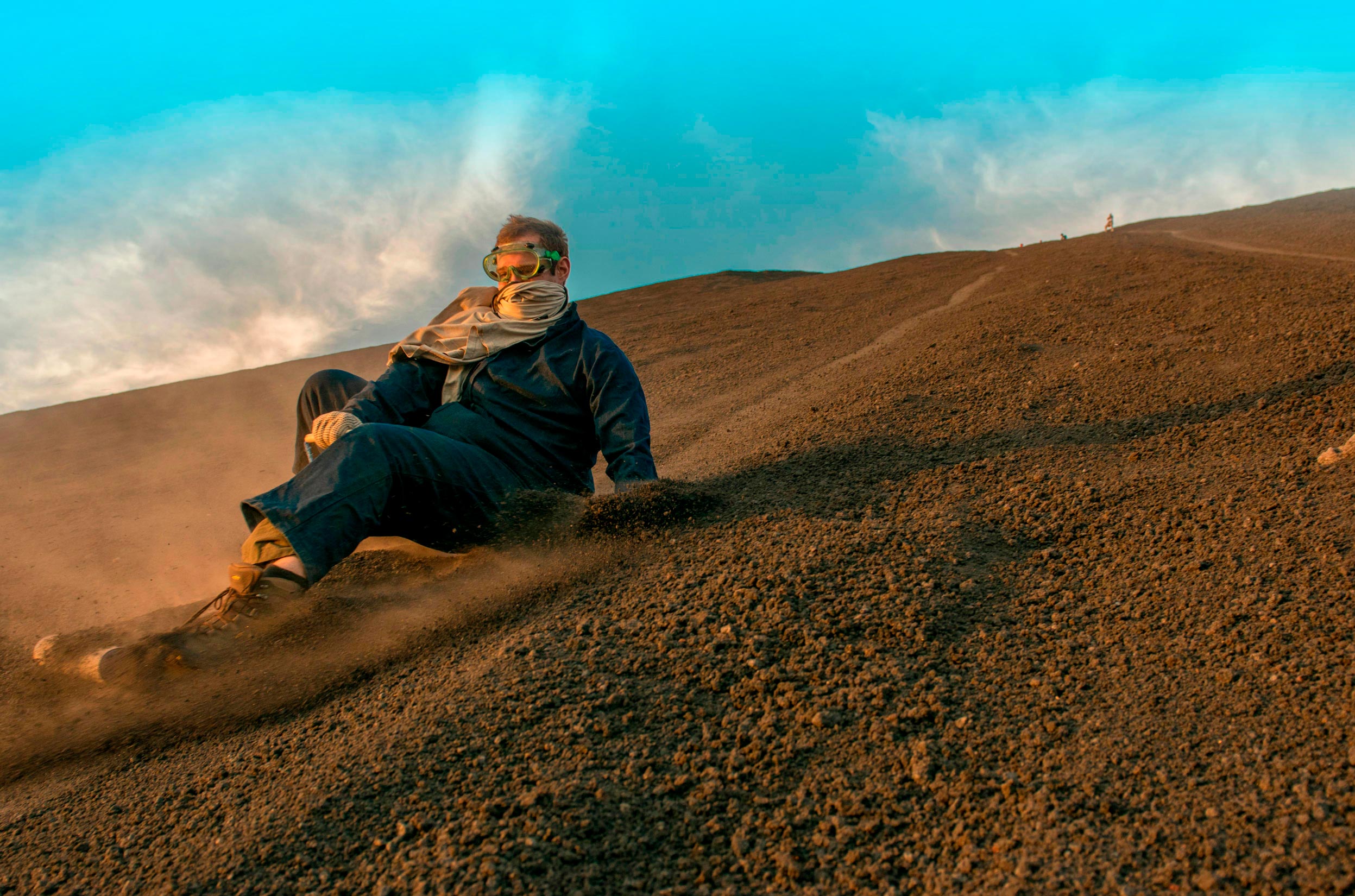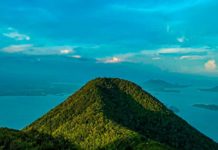The Dominican Republic also offers attractions for lovers of active tourism and adventure.
The Dominican Republic also offers attractions for lovers of active tourism and adventure.
Central America and the Dominican Republic can be visited and enjoyed by land, sea, and air. However, another plan, particularly suited to active tourism enthusiasts, is to explore the multi-destination of Central America through its over one hundred volcanoes, many of which are still active. These volcanoes stretch along the isthmus, creating an experience that makes travellers feel as if they have landed on “another planet.” While not exactly the Moon’s southern side, the geological features are also spectacular and at times reminiscent of lunar landscapes.
Unfolding a map, travellers can embark on a journey through the multi-destination of Central America, covering the 1,500 kilometres of the Central American Volcanic Arc. This chain of volcanoes runs along the Pacific coast, from Guatemala in the north, through El Salvador, Honduras, and Nicaragua, to the border region of Costa Rica and Panama in the south. It forms part of the Pacific Ring of Fire and features numerous volcanic formations, including cones, fumaroles, calderas, and crater lakes, providing captivating and naturally untamed landscapes.
A Unique Destination for Volcano Boarding Enthusiasts
Volcanic tourism in Central America invites you to immerse yourself in nature through activities like hiking, camping, climbing, or simply appreciating the breathtaking scenery. For the more daring, there are extreme adventures such as climbing or ‘volcano boarding’ (surfing down a volcano’s slopes on a board). Nicaragua and Guatemala are among the few places in the world where this exhilarating sport can be experienced.
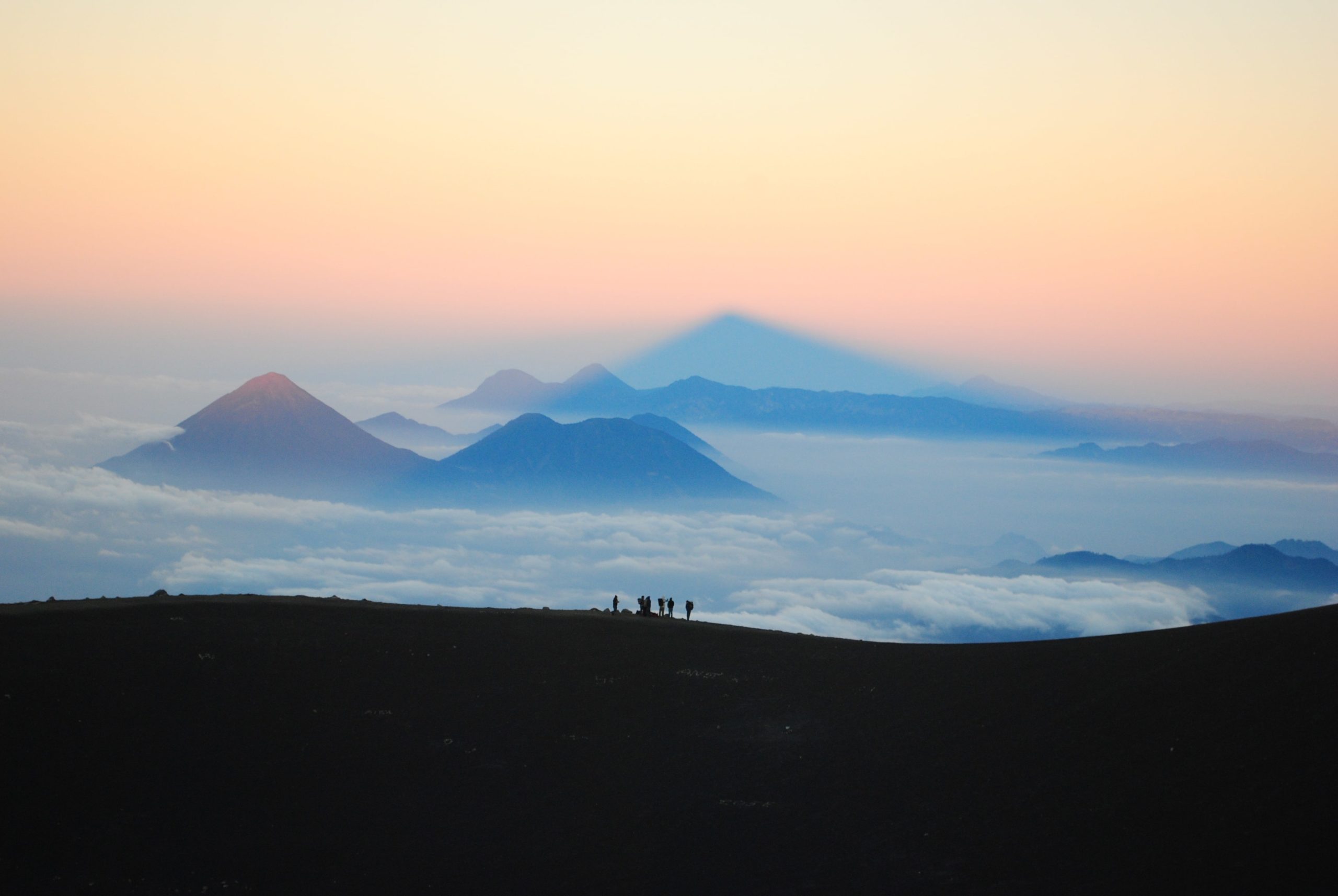
This high-altitude journey should begin in Guatemala, home to the tallest volcanoes in Central America. Tajamulco, at 4225 metres, is the highest and can be reached by trekking from the base camp across the ‘ceiling of clouds,’ which is also the roof of Central America. Other notable volcanoes include Fuego, Acatenango, Agua, Atitlán, and Santa María. Volcán Pacaya has gained popularity because it remains active at a relatively low level, making it ideal for walking along its slopes, with views from the top that are simply awe-inspiring. Another reason to visit is the nearby colonial town of La Antigua, a UNESCO World Heritage Site.
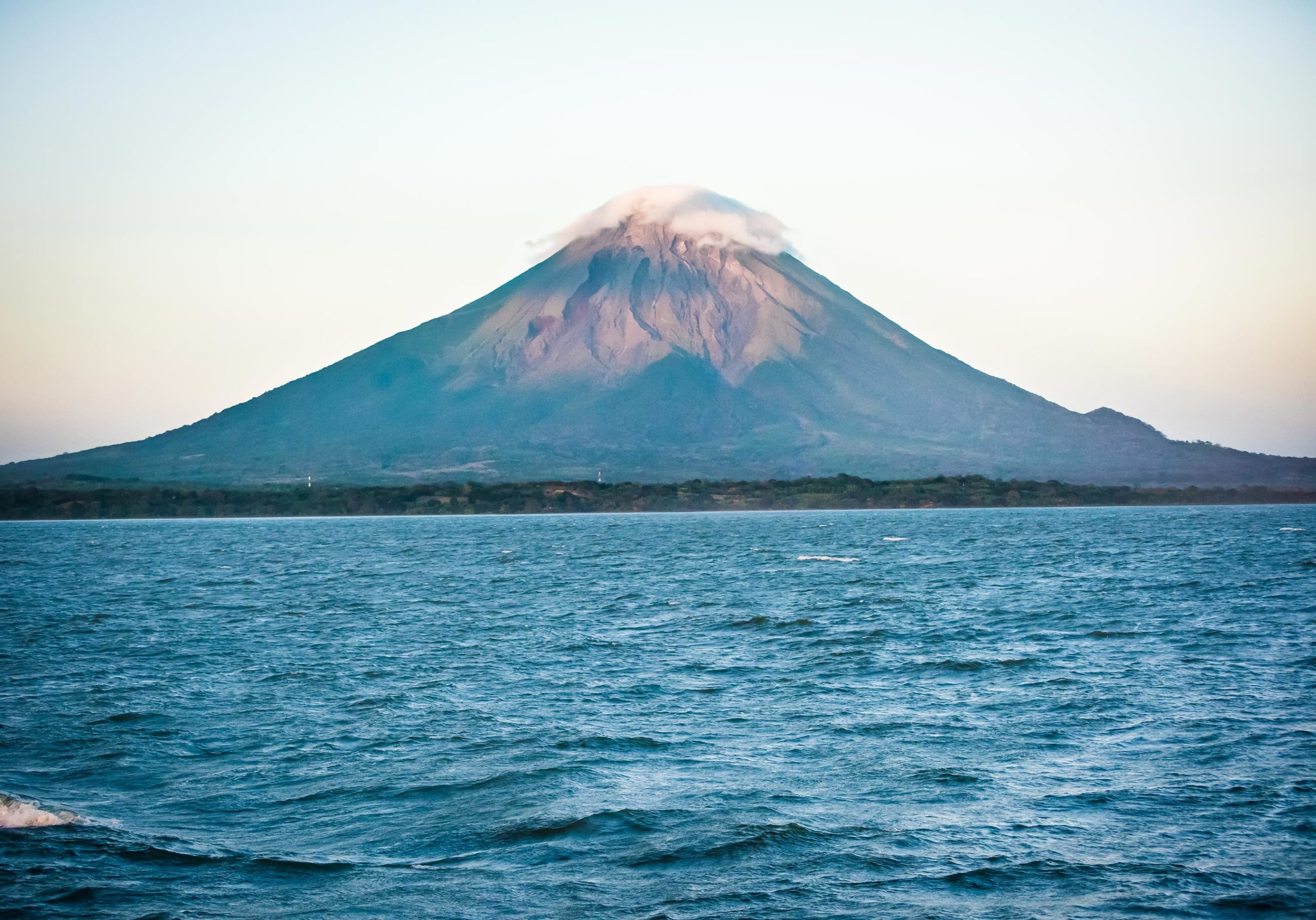
Nicaragua boasts 58 volcanoes, featuring lunar-like landscapes surrounded by jungle. The Cerro Negro volcano, though only 450 metres high and dating from 1850, resembles more of a hill. It offers lunar-like scenery and emits sulphur fumes. For the more adventurous, there’s an exhilarating toboggan ride down the volcano’s slopes. Those looking to experience the flora and fauna around volcanoes should not miss the island of Ometepe. Additionally, the lush Indio Maíz Biological Reserve along the San Juan River and the paradisiacal Corn Islands in the Nicaraguan Caribbean are well worth a visit.
Volcanoes National Park
Volcanoes National Park is a protected natural area in El Salvador, encompassing three of the fourteen geologically young volcanoes of the Apaneca-Ilamatepec mountain range: Santa Ana, Izalco, and Cerro Verde volcanoes, estimated by geologists to be between 2 million and 250 years old. Known as the Los Volcanes Complex, their peaks are accessible to hikers, offering spectacular scenery. Particularly noteworthy is the Izalco volcano, known as the ‘Lighthouse of the Pacific,’ which served as a guide and refuge for sailors and traders. The Santa Ana volcano boasts one of the largest craters in the world.
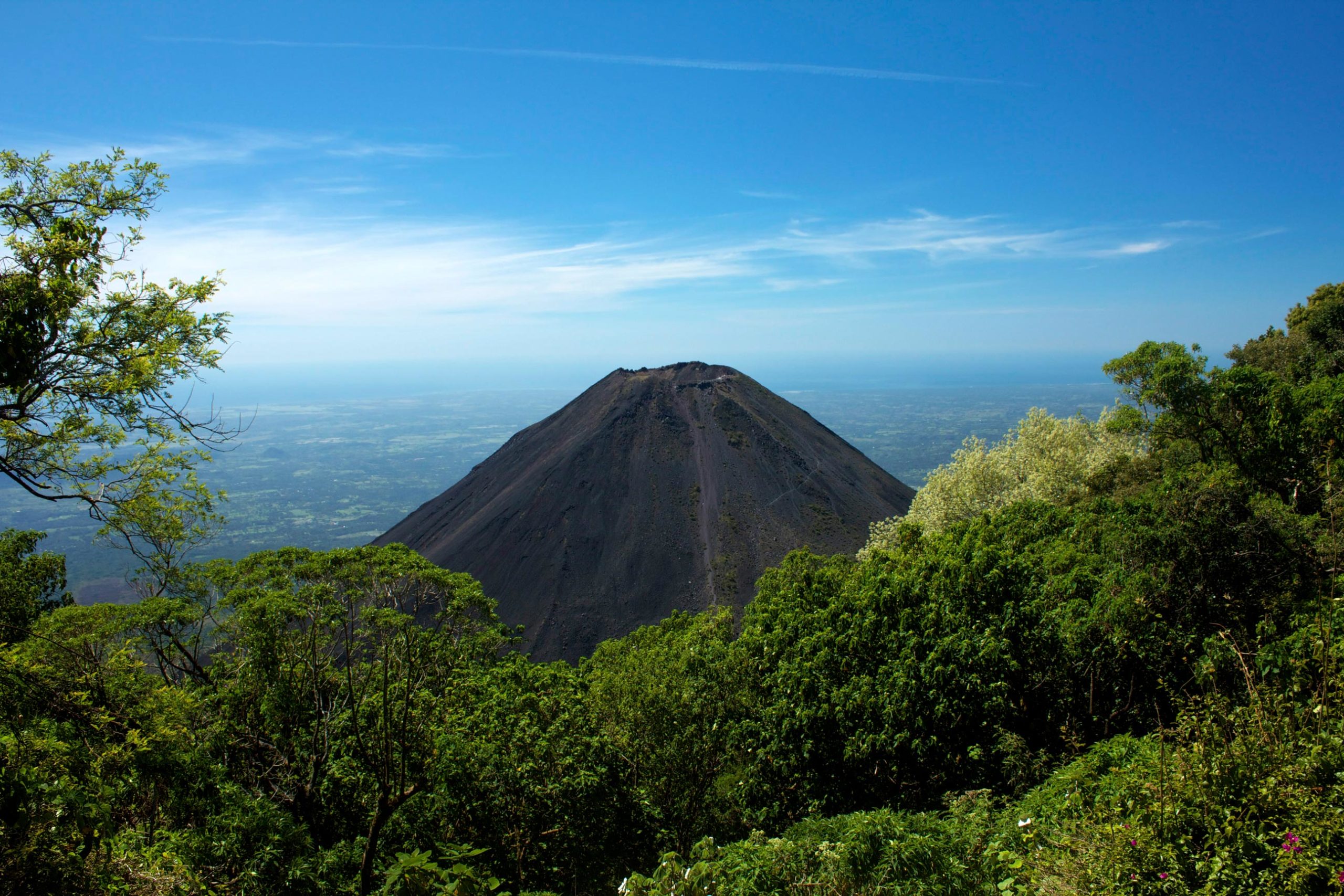
In Panama, the Baru volcano stands out as the highest peak in the country, reaching an altitude of 3,474 metres. From its summit, one can simultaneously see the Caribbean Sea and the Pacific Ocean. Many visitors prefer to begin the climb at night to witness the breathtaking sunrise views. Baru Volcano National Park is not only a popular destination for hikers but has also become a hotspot for birdwatchers. It provides an opportunity to spot one of Central America’s most elusive birds: the Quetzal.
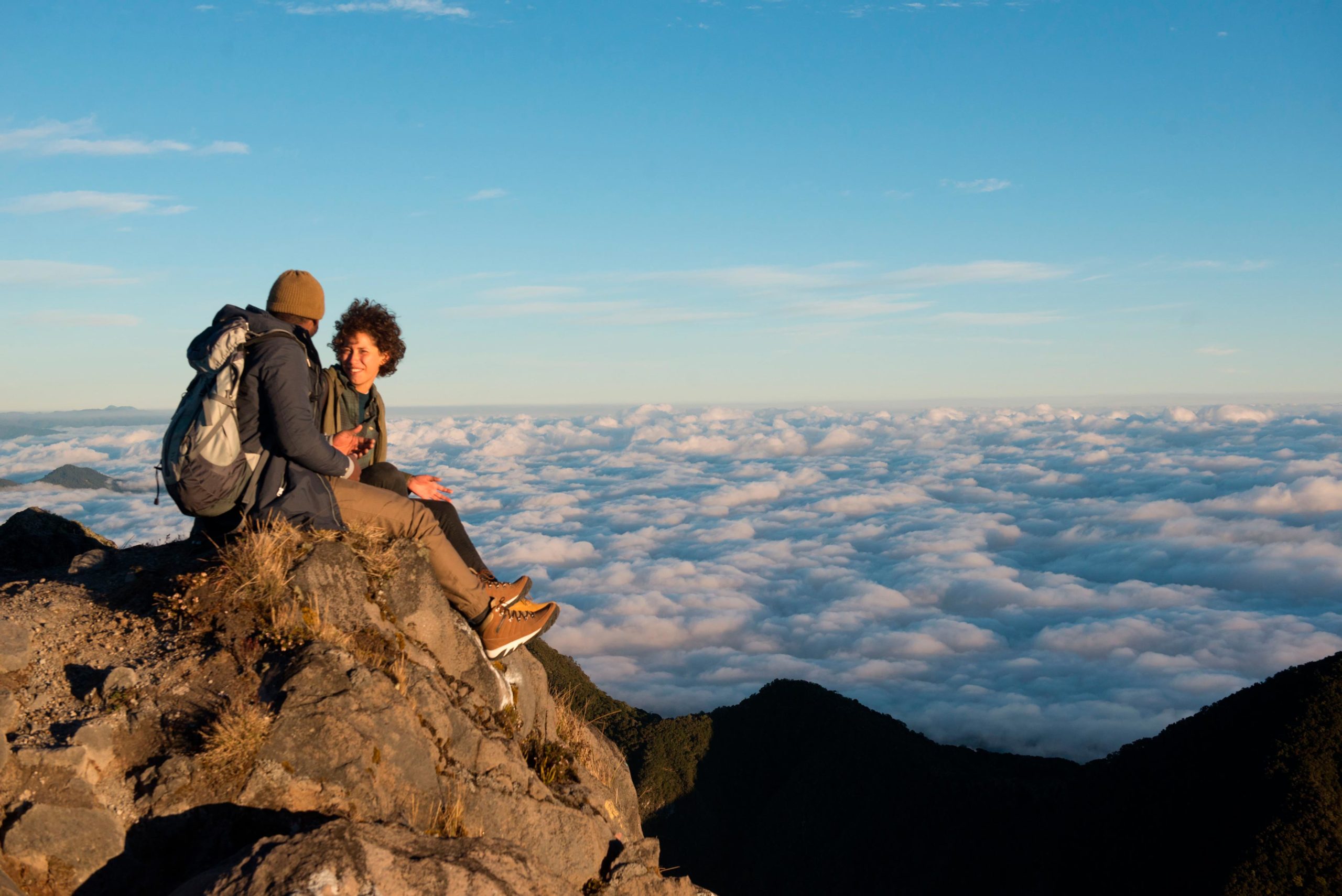
Honduras offers San Pedro de Zacapa, located in Santa Barbara, as a destination to enjoy its natural beauty, characterized by its diverse rivers, thermal waters, and a dormant volcano named Cerro Cargamón. The main attraction here is the El Cacao waterfall. Adventurers can continue their journey from the Bay Islands in the Caribbean Sea to the rainforests and cloud forests of its national parks, which feature various trails across the country. Some trails are even accessible from urban centres, allowing hikers to escape city life and enjoy some fresh air. Particularly noteworthy is the Pico Bonito National Park.
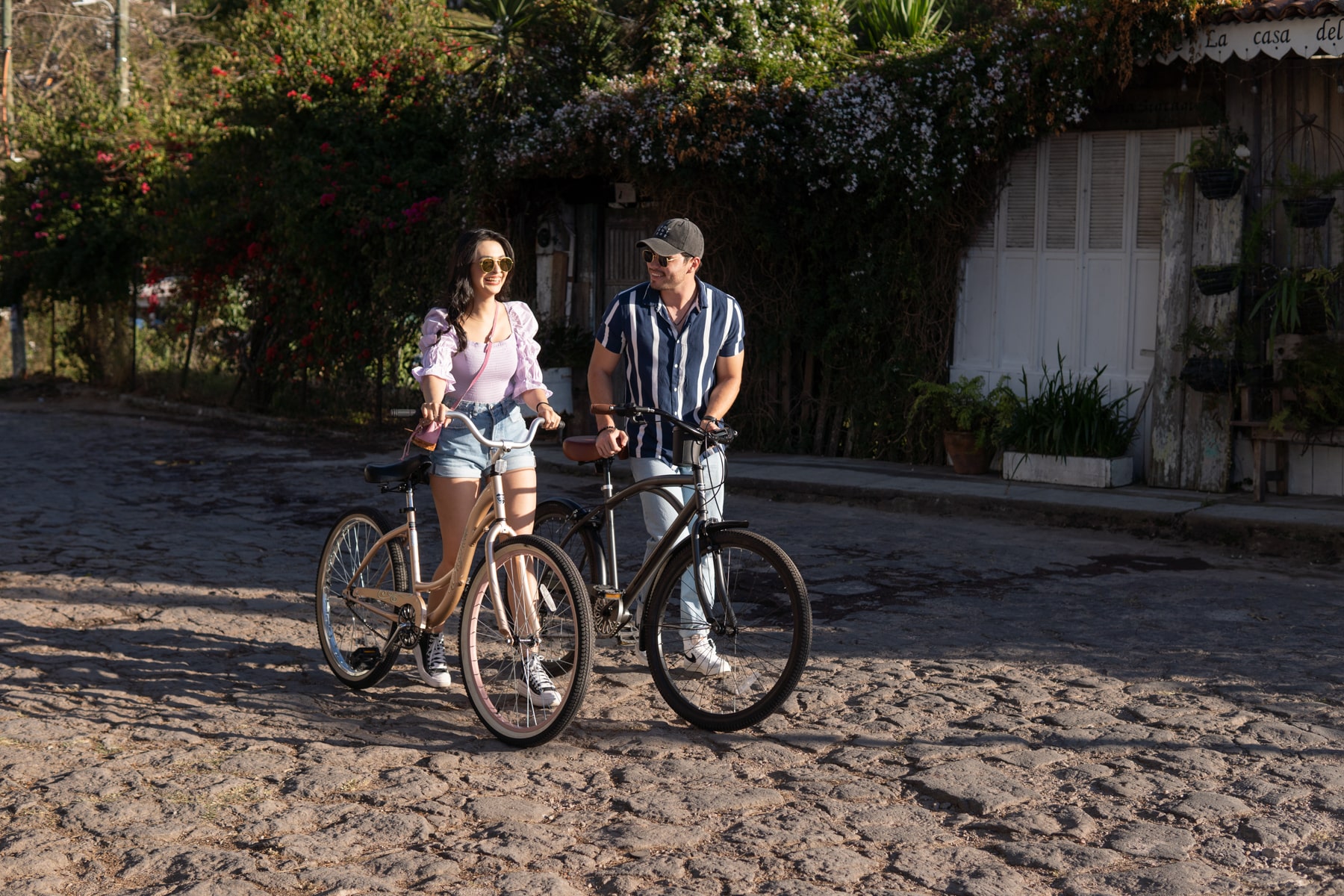
Costa Rica boasts 190 volcanic formations, with five of them still active. The Rincón de la Vieja volcano, one of these active volcanoes, offers visitors the chance to enjoy a relaxing bath in its hot springs, with temperatures reaching up to 40 degrees Celsius.
Natural Mountains and Waterfalls
After this exhilarating tour of the Central American Volcanic Arc, you can conclude your multi-destination adventure in Belize and the Dominican Republic, known for their stunning mountain tourism. Belize offers numerous reserves and national parks, attracting tourists and nature enthusiasts for ecotourism tours. In the interior, adventure sports such as spelunking, jungle excursions, and trekking, as well as multi-adventure activities like zip-lining, river canoeing, and a more serene exploration of the jungle and nature, are popular options. The famous Victoria Peak, often considered the ultimate goal for many mountaineers, shines brightly. Experienced adrenaline junkies eagerly await the dry season to undertake this journey and witness the vast rainforest canopy from the summit’s vantage point.
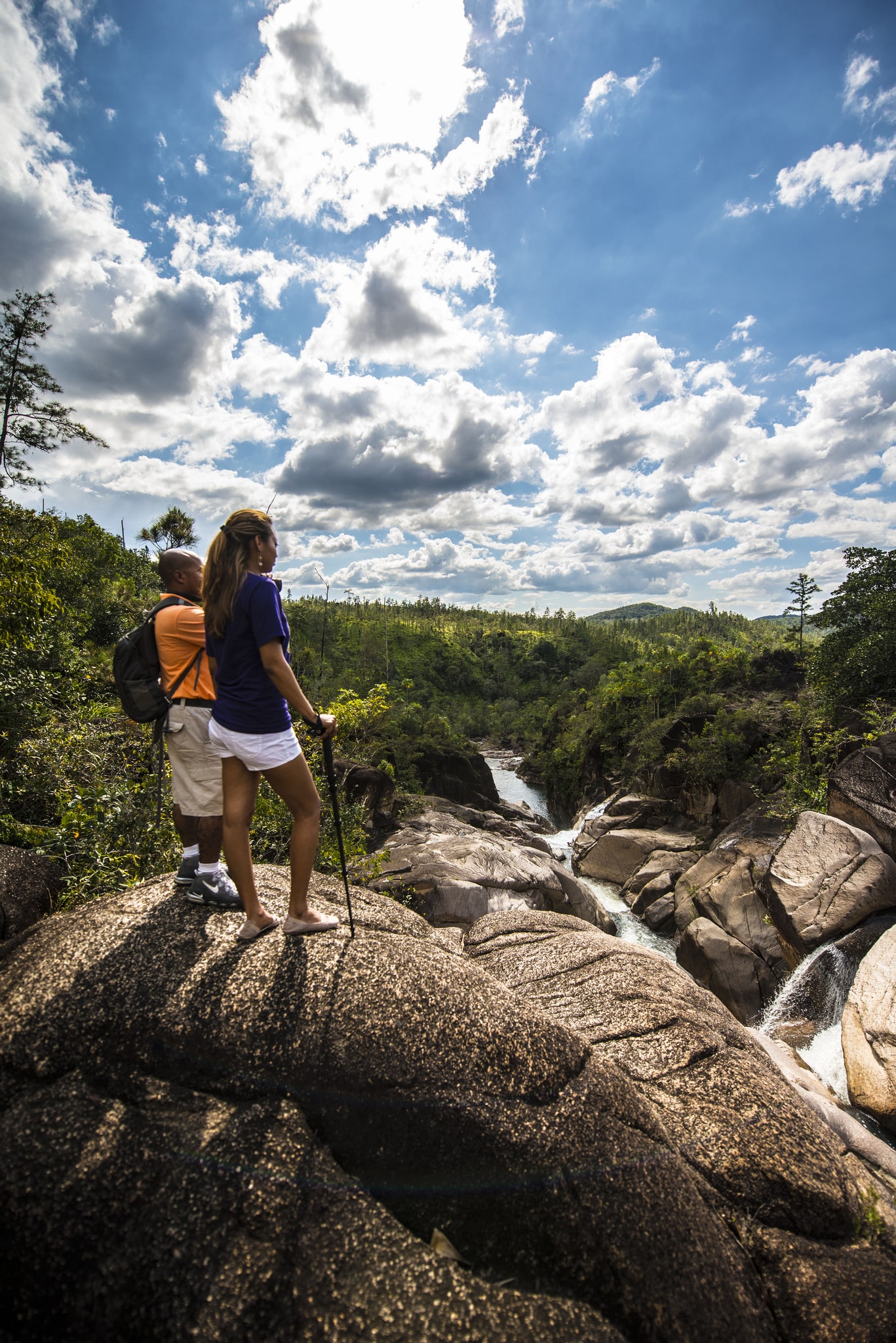
The Dominican Republic is renowned for its pristine beaches, but it also boasts a wealth of natural waterfalls in its mountains, making it an ideal destination for adventure tourism enthusiasts. Salto de Jimenoa is a 35-metre waterfall located in Jarabacoa, in the north of the country, within a park designed to preserve the rainforest in the northern part of the Eastern Cordillera. El Salto Alto, situated a few kilometres from Bayaguana, in the province of Monte Plata, is another must-visit destination for those seeking fun and relaxation amidst the mountains. The Jima Waterfall declared a Natural Monument, is in Bonao, near the renowned Jima River, originating from the Las Neblinas Scientific Reserve and flowing into the Camú River. This waterfall’s uniqueness lies in its formation, composed of a cluster of twelve waterfalls and natural pools. Salto de Aguas Blancas is situated in the Juan Bautista Pérez Rancier National Park, known as Valle Nuevo, located 20 kilometres from Constanza, in the province of La Vega.
Finally, the Salto de la Jalda waterfall in Miches, a coastal town in the province of El Seibo, is a genuine discovery for ecotourism enthusiasts. Miches’ natural beauty extends to the mountains, where numerous freshwater waterfalls thrive, casting their spell day and night within the heart of a tropical forest. Among them, the Salto de la Jalda stands out. Miches also proudly presents the Montaña Redonda, a picturesque location for capturing selfies that are certain to become a viral sensation.
